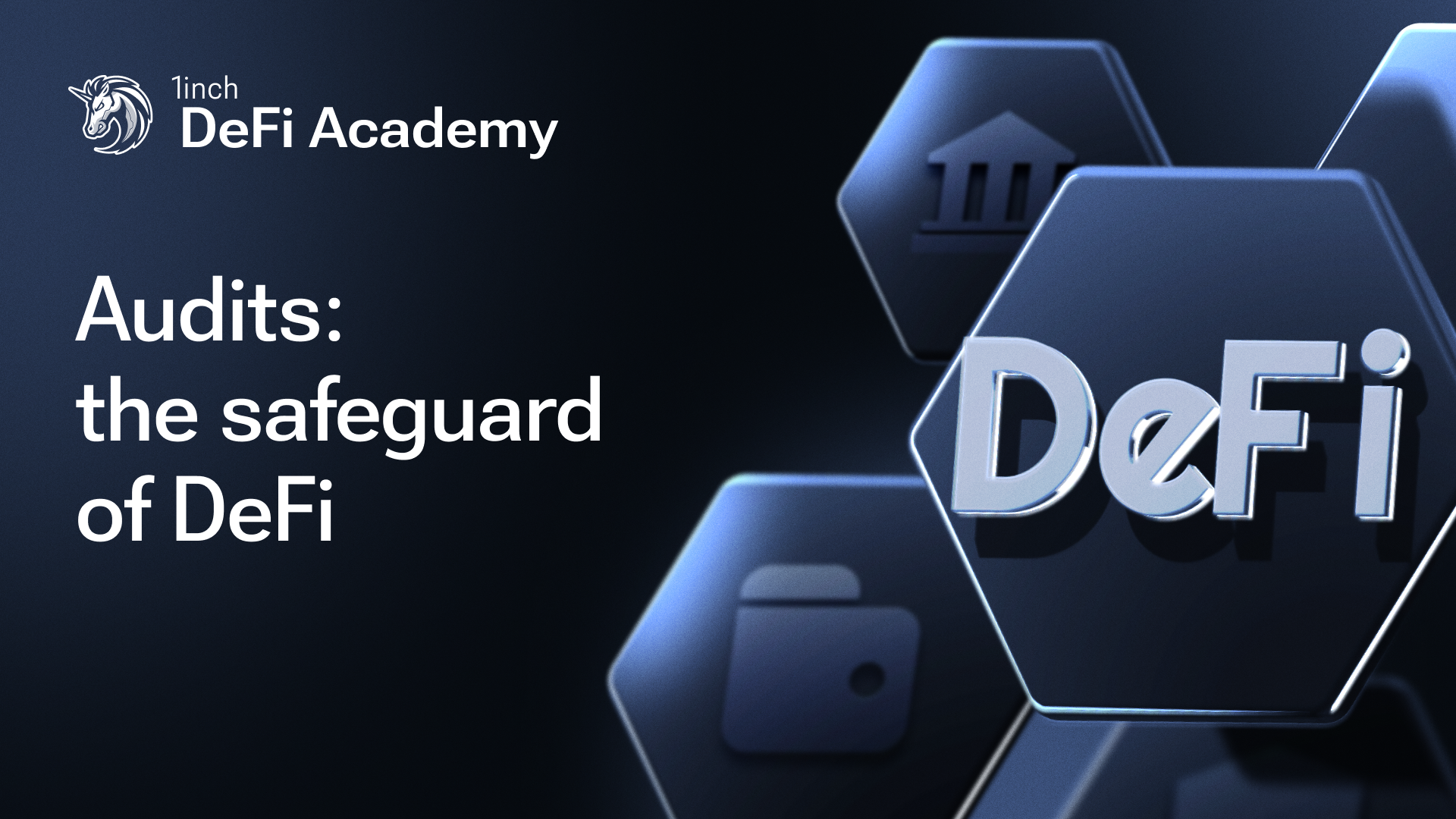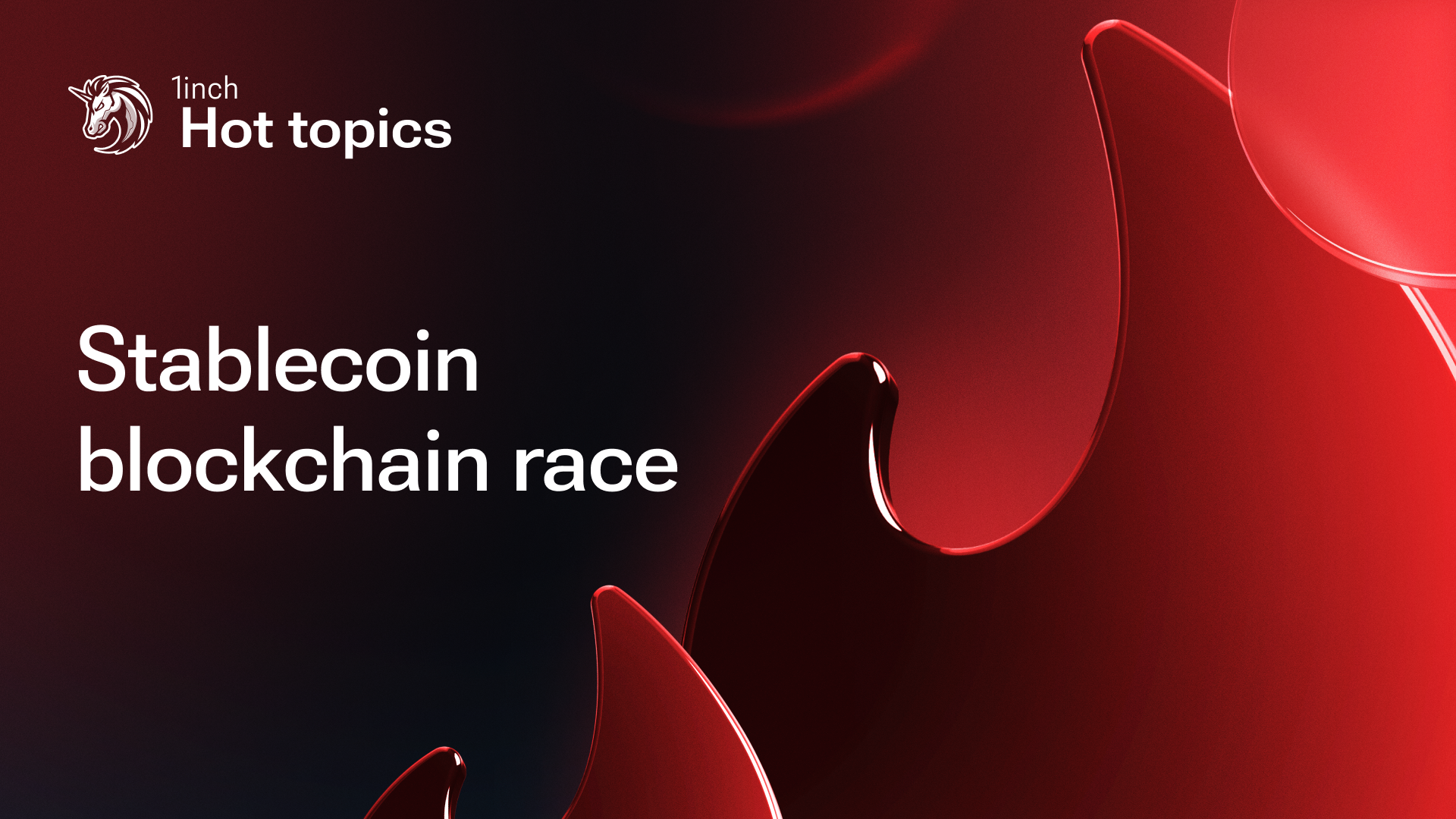The 1inch Davos meetup: Liquidity and market making in a DEX or a CEX

This is the second post in a series focused on the highlights of panels held as part of 1inch’s meetup “Institutions and DeFi” at the World Economic Forum Annual Meeting in Davos on January 16.
The panel discussion titled “Liquidity and Market Making in a DEX or a CEX” featured experts including Alain Kunz (Head of European Sales at GSR), Katryna Hanush (Partnerships at Wintermute) and Andrey Belyakov (founder of Opium Protocol). Aaron Stanley, Editorial Director at Filecoin Foundation and former reporter for CoinDesk and Forbes.com, moderated the discussion.
The conversation kicked off with exploring the current trends in CeFi and DeFi and their significance for the broader crypto market. The panel’s experts agreed about a trend towards institutionalization, driven by strong regulatory developments and technological advancements.
“In the last six to eight months, we have seen all the talk around the ETFs and the increasing institutionalization that’s coming up,” Alain Kunz noted. “We expect significant market maturation ahead.”
According to Andrey Belyakov, progressing regulation is a very good sign.
“I don’t believe in wild DeFi with no compliance and KYC,” he explained. “Another trend is technology which is improving. We see a lot of intent-based architectures and account abstraction initiatives.”

When it comes to liquidity, one of the best ways to handle it for market makers might be embracing the hybrid model.
“We have [the] CeFi and the DeFi teams. They compete with each other in a friendly way [for integration opportunities],” Kotryna Hanush said. “Recently, we were focused on DeFi exchanges that resemble centralized platforms. Essentially, it looks like a hybrid book where we are matching and executing trades off-chain, and the settlement is done on-chain. So, we have three primary directions: CeFi and DeFi market-making, OTC provisioning, and we see aggregation as opposed to traditional DEXes.”
Andrey Belyakov further elaborated on the hybrid concept:
“You need to take the best of DeFi - composability and transparency. Also, 1inch Fusion is a genius way to handle an order. All DeFi good stuff should be combined with a centralized approach which can bring us KYC and compliance.”
Alain Kunz added that “with the improvement in blockchain architecture, there will be a possibility of centralized order books moving to the DeFi space to be more efficient.”
However, the development of CeFi and DeFi trading also depends on regulatory jurisdictions.
“If there is a mispricing, there could be a party allowed to work with both systems – an open one and a closed one. Additionally, there can be arbitrage between them,” Andrey Belyakov offered.
“I see your point - different pools with different jurisdictions,” Alain Kunz agreed. “But won’t we [in the end] have the same system as the banking system – trading 24/7 but just within an isolated pool?”
“First, regulation will be much easier. Second, it’s not going to be the same because of transparency,” Andrey Belyakov replied. “ I think it will continue – arbitraging between jurisdictions, between CeFi and DeFi.”
Another trend discussed by the panel’s experts was tokenization.
“It’s a very common narrative right now,” Kotryna Hanush said. “The way we express it is through our VC. I don’t believe tier-1 banks will trade these assets – they’re more interested in tokenizing traditional assets for transparency and compliance. We see it as an interesting investment area, but for trading and liquidity, it's not ideal. If we want to trade NFTs, we still manually do it within DeFi.”
“I find it always interesting when people convert very exotic stuff that’s generally not liquid in a TradFi world, and they just expect that if they put a token around it, it becomes magically liquid,” Alain Kunz said. “We can add a little bit of premium because the handling is easier, but I think there’s a lot of regulatory bottleneck. And I think one of the strongest tokenizations and its use cases is stablecoins.”
“The tokenization is happening, I agree. DeFi cannot thrive without stablecoins, and they represent the largest tokenization of US treasuries,” Andrey Belyakov concluded.
Explore the DeFi space with 1inch!




























